All content on this site is intended for healthcare professionals only. By acknowledging this message and accessing the information on this website you are confirming that you are a Healthcare Professional. If you are a patient or carer, please visit the Lymphoma Coalition.
The Lymphoma Hub uses cookies on this website. They help us give you the best online experience. By continuing to use our website without changing your cookie settings, you agree to our use of cookies in accordance with our updated Cookie Policy
Introducing

Now you can personalise
your Lymphoma Hub experience!
Bookmark content to read later
Select your specific areas of interest
View content recommended for you
Find out moreThe Lymphoma Hub website uses a third-party service provided by Google that dynamically translates web content. Translations are machine generated, so may not be an exact or complete translation, and the Lymphoma Hub cannot guarantee the accuracy of translated content. The Lymphoma Hub and its employees will not be liable for any direct, indirect, or consequential damages (even if foreseeable) resulting from use of the Google Translate feature. For further support with Google Translate, visit Google Translate Help.
EHA-SWG 2017 | Rare Lymphomas: The role of the microenvironment in CLL and rare lymphomas
Bookmark this article
On March 10th, at the EHA-SWG Rare Lymphomas Scientific Meeting 2017 in Barcelona, Spain, Martin Dreyling chaired a session on Lymphoma Biology. The second presentation of this session was by Marcel Spaargaren, of the Academic Medical Center, Amsterdam, The Netherlands, on the topic of ‘The Role of the Microenvironment’. A summary of the data presented and discussed are detailed below:
- Using ibrutinib in CLL resulted in transient increase in lymphocytosis in a saw-tooth like pattern
- Data suggested no direct killing of CLL cells, indicating that CLL cells are mobilized out of tumor and then killed
- Ibrutinib inhibits BTK-mediated control of integrin-mediated and cytokine-controlled adhesion and migration in primary CLL cells
- The four-week on, one week off regimen aids this process vs. continuous treatment
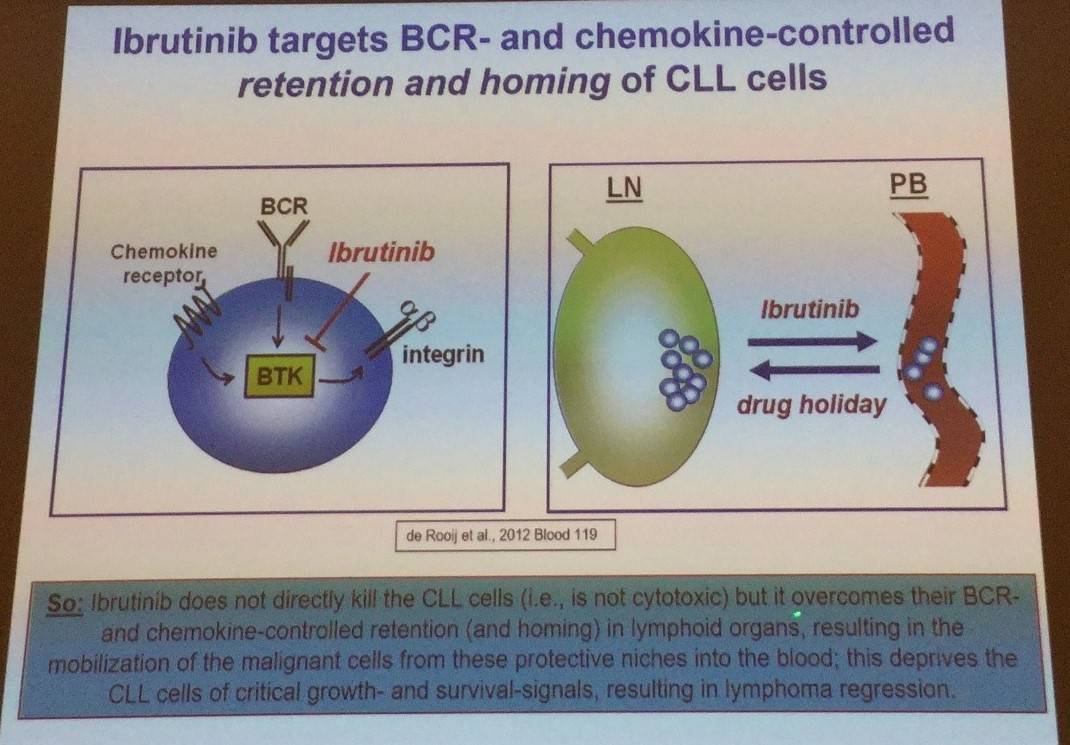
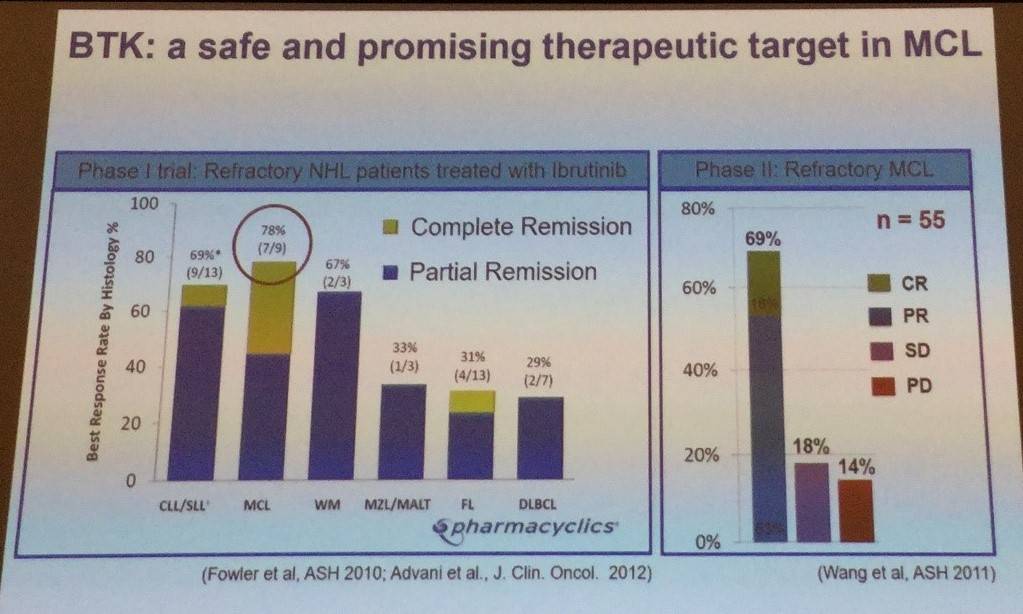
- Similar data are seen in MCL and WM (in terms of PR)
- Ibrutinib resistance was seen in ~30% CLL and MCL patients, 15% of resistance due to mutations in BTK and PLCγ2
- Combination therapy with ibrutinib and idelalisib, a PI3K inhibitor, may help prevent resistance, as seen in the data presented
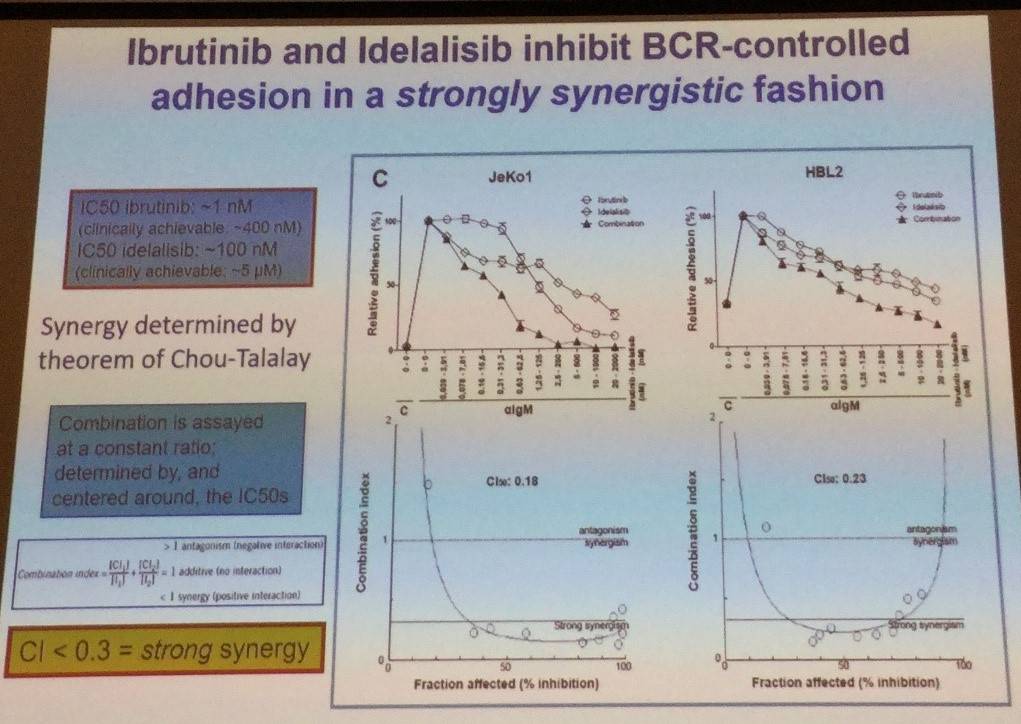
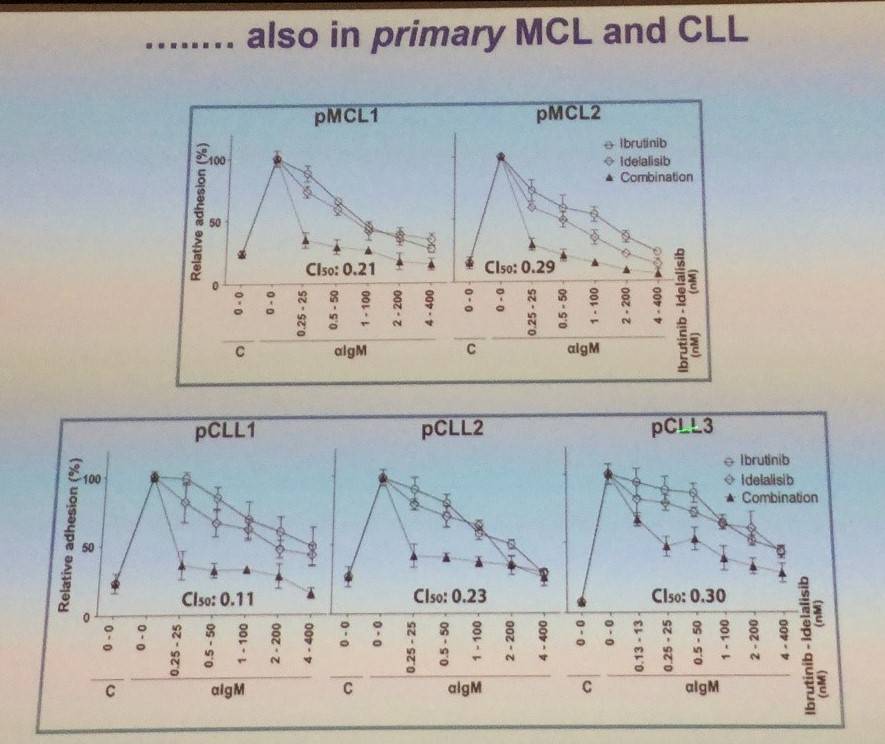
- However, in WM, lower efficacy was seen only in patients with CXCR4 gain-of-function mutations (Treon et al., 2015. NEJM) possibly indicating that CXCR4 mediated adhesion is important in WM
In summary, Marcel Spaargaren stated that inducing anoikis in these malignancies is a broad strategy that may result in fewer non-responders due to it not relying on a single growth or survival signal. Therefore, exploiting the relationship between the tumor microenvironment and lymphoma cells was stated as being the ‘Achilles’ heel’ of lymphoma.
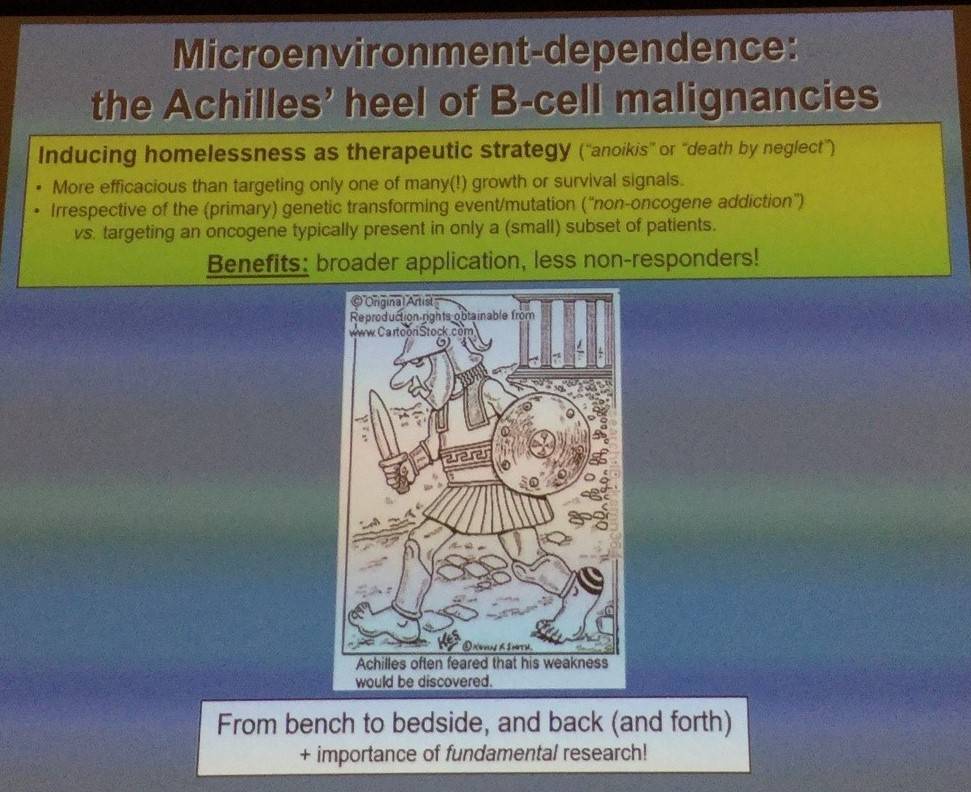
- Spaargaren M. The Role of the Microenvironment. 2017 Mar 10. EHA-SWG Rare Lymphomas. Barcelona, Spain.

Understanding your specialty helps us to deliver the most relevant and engaging content.
Please spare a moment to share yours.
Please select or type your specialty
 Thank you
Thank youRelated articles
Newsletter
Subscribe to get the best content related to lymphoma & CLL delivered to your inbox








